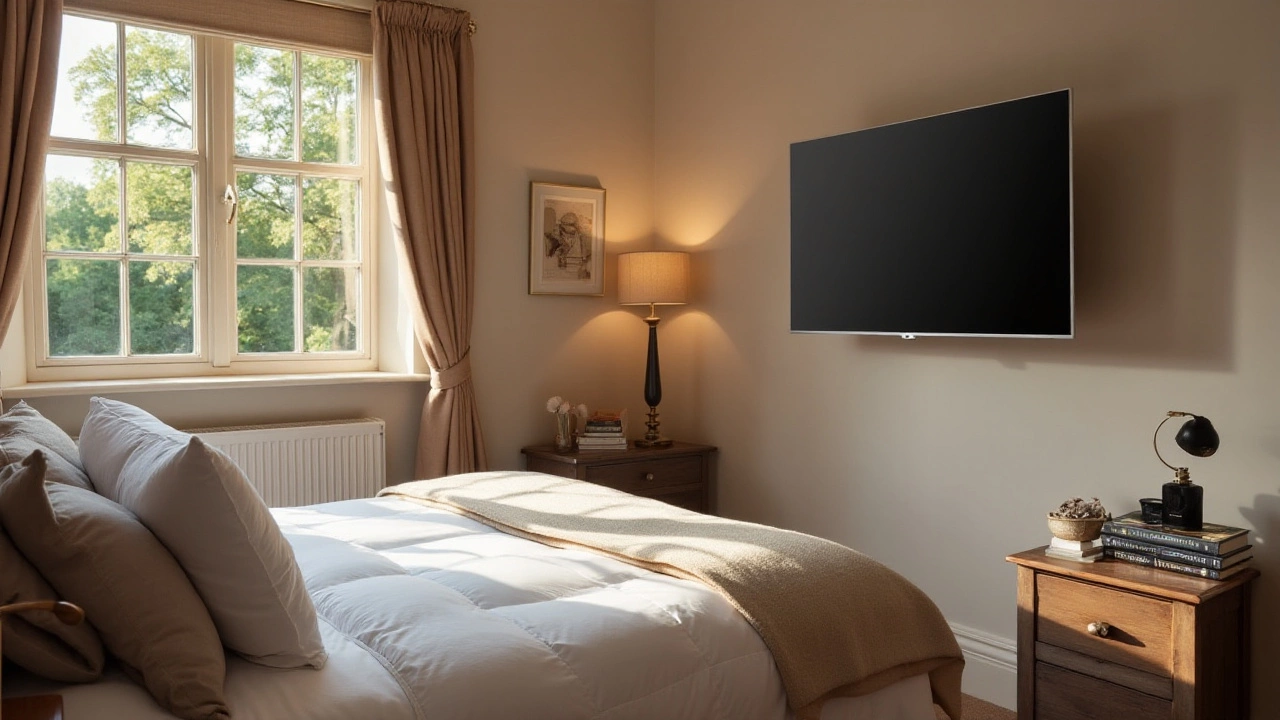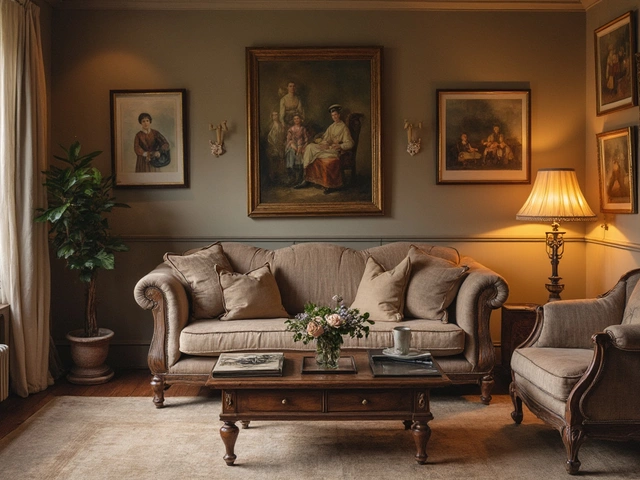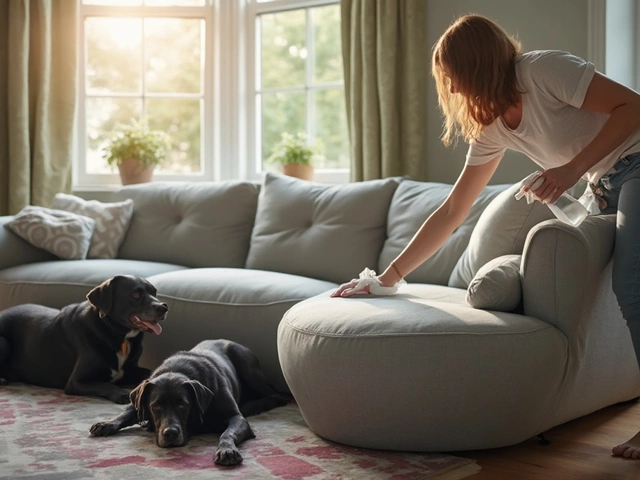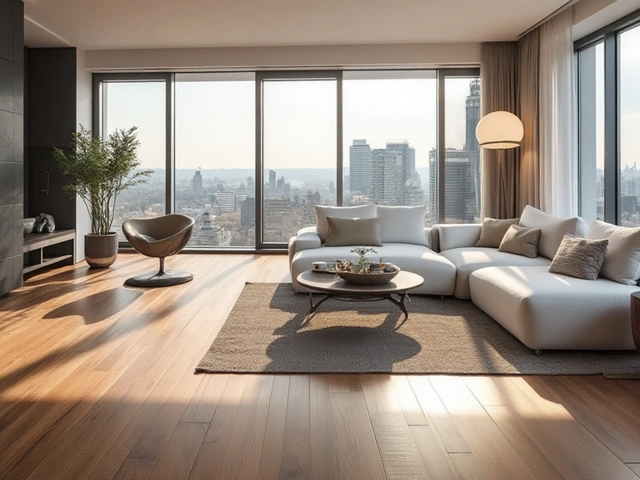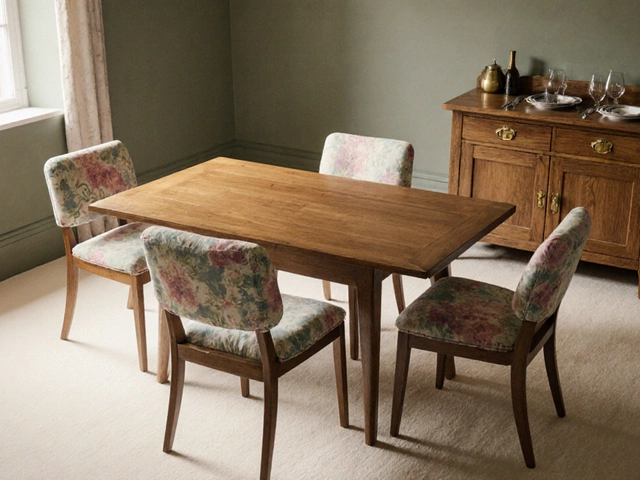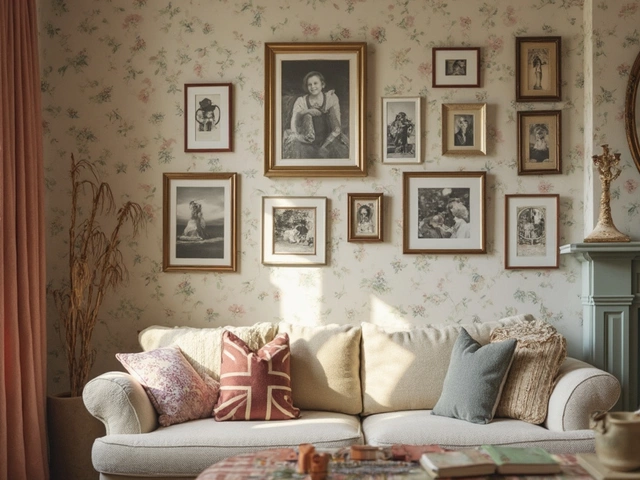Sleep Health Starts with Smart Bedroom Design
Ever wonder why some nights feel great while others leave you tossing? The answer often lies in the room you sleep in. Small changes to lighting, furniture height, and color can make a big difference to how well you rest. Below are easy steps you can try right now.
Lighting That Helps You Unwind
Bright lights signal your brain to stay awake, so swap harsh LEDs for warm, dimmable fixtures as bedtime approaches. A bedside lamp with a soft glow reduces eye strain and cues your body to produce melatonin. If you have a ceiling light, use a timer or a smart plug to lower the intensity an hour before sleep. Consistent low‑light routines help set a reliable sleep schedule.
Nightstand Height Matters
The height of your nightstand should line up with the top of your mattress. When the surface is too low, reaching for a glass of water or a book can be awkward and may cause you to stretch out of bed. A perfectly aligned nightstand makes it easy to grab essentials without pulling yourself up. Keep the top of the nightstand within an inch or two of the mattress edge for the smoothest night‑time routine.
Beyond height, keep the nightstand clutter‑free. A lamp, a book, and a glass of water are all you need. Too many items can create visual noise that keeps the mind racing.
Choose Colors That Calm
Soft, muted shades like pastel blues, gentle greens, or warm greys create a soothing backdrop. Bold reds or bright yellows can raise alertness, so limit those to accent pieces. Paint a single wall or use a calming duvet cover if you’re not ready for a full repaint. The goal is a palette that whispers, not shouts.
Comfortable Bedding and Layout
Invest in a mattress that supports your body type and a pillow that aligns with your sleeping position. Arrange furniture so you have a clear path to the door; cramped spaces can make you feel trapped and affect sleep quality. If the room feels too large, add a rug or a piece of art to create a sense of coziness.
Control Temperature and Noise
Most people sleep best at around 18‑20°C (65‑68°F). Use a fan, open a window, or add a blanket to hit that sweet spot. For noise, consider a white‑noise machine or a fan that masks street sounds. Simple adjustments to temperature and sound can keep you asleep longer.
By tweaking lighting, nightstand height, colors, and comfort, you turn your bedroom into a sleep‑friendly zone. Try one change a week and notice how your rest improves. Your sleep health isn’t a mystery—just good design choices away.

